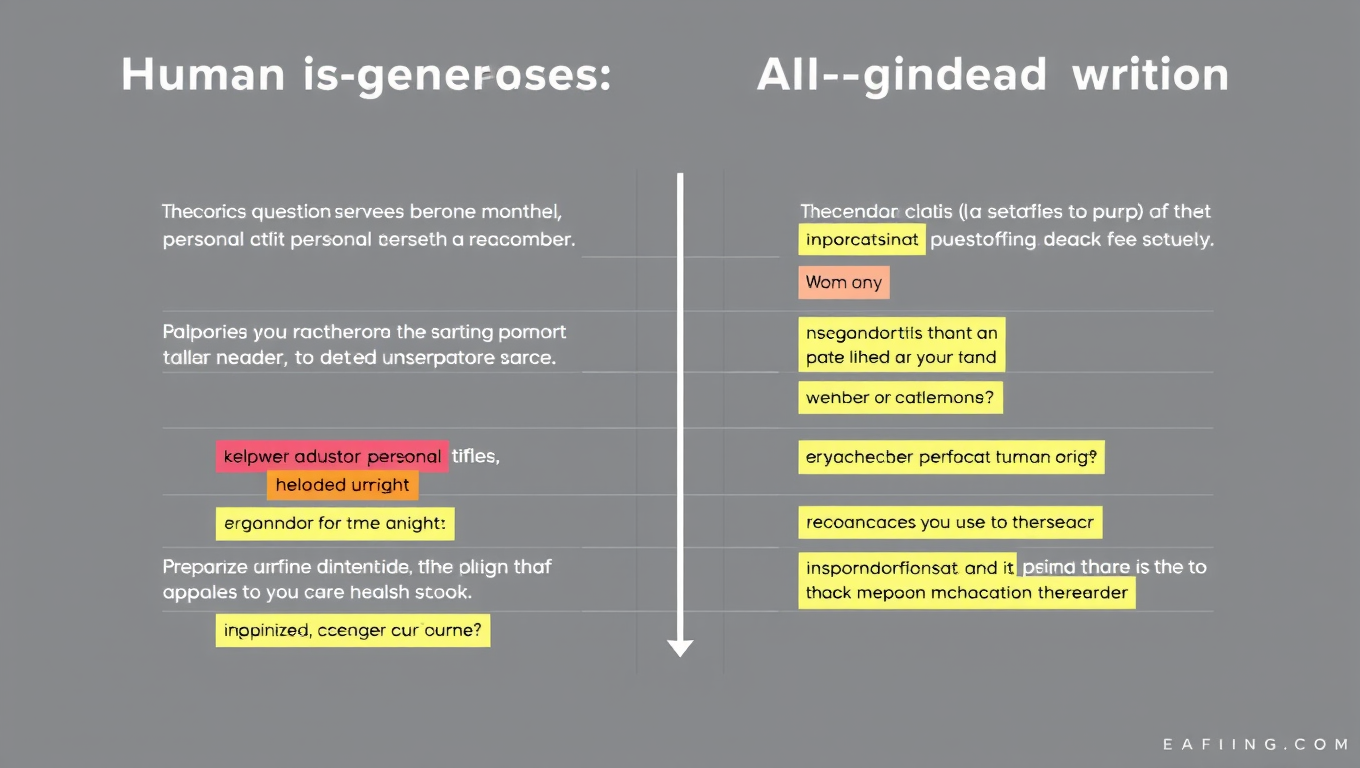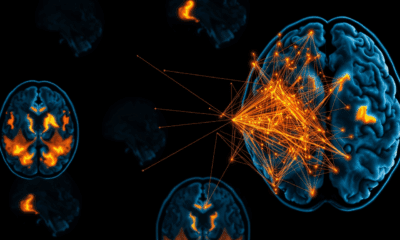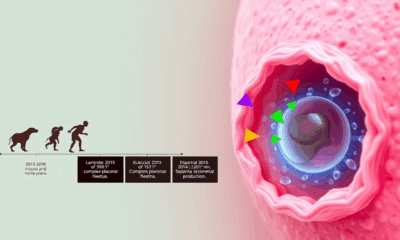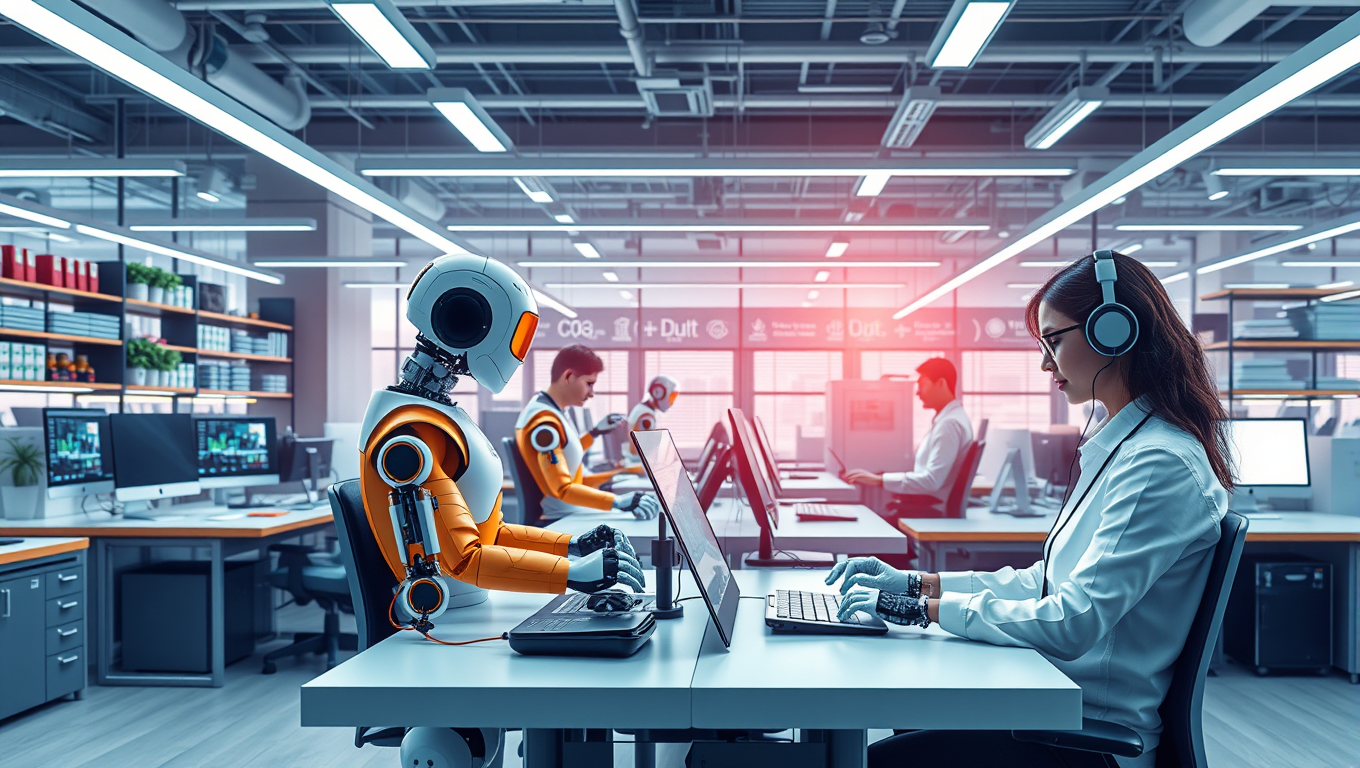While we try to keep things accurate, this content is part of an ongoing experiment and may not always be reliable.
Please double-check important details — we’re not responsible for how the information is used.
Communications
The Personal Touch: How Student Essays Outshine AI-Generated Ones
Researchers have been putting ChatGPT essays to the test against real students. A new study reveals that the AI generated essays don’t yet live up to the efforts of real students. While the AI essays were found to be impressively coherent and grammatically sound, they fell short in one crucial area — they lacked a personal touch. It is hoped that the findings could help educators spot cheating in schools, colleges and universities worldwide by recognizing machine-generated essays.

Artificial Intelligence
The Quantum Drumhead Revolution: A Breakthrough in Signal Transmission with Near-Perfect Efficiency
Researchers have developed an ultra-thin drumhead-like membrane that lets sound signals, or phonons, travel through it with astonishingly low loss, better than even electronic circuits. These near-lossless vibrations open the door to new ways of transferring information in systems like quantum computers or ultra-sensitive biological sensors.
Communications
Artificial Intelligence Isn’t Hurting Workers—It Might Be Helping
Despite widespread fears, early research suggests AI might actually be improving some aspects of work life. A major new study examining 20 years of worker data in Germany found no signs that AI exposure is hurting job satisfaction or mental health. In fact, there s evidence that it may be subtly improving physical health especially for workers without college degrees by reducing physically demanding tasks. However, researchers caution that it s still early days.
Communications
Breaking Down Language Barriers in Quantum Tech: A Universal Translator for a Quantum Network
Scientists at UBC have devised a chip-based device that acts as a “universal translator” for quantum computers, converting delicate microwave signals to optical ones and back with minimal loss and noise. This innovation preserves crucial quantum entanglement and works both ways, making it a potential backbone for a future quantum internet. By exploiting engineered flaws in silicon and using superconducting components, the device achieves near-perfect signal translation with extremely low power use and it all fits on a chip. If realized, this could transform secure communication, navigation, and even drug discovery.
-

 Detectors3 months ago
Detectors3 months agoA New Horizon for Vision: How Gold Nanoparticles May Restore People’s Sight
-

 Earth & Climate4 months ago
Earth & Climate4 months agoRetiring Abroad Can Be Lonely Business
-

 Cancer4 months ago
Cancer4 months agoRevolutionizing Quantum Communication: Direct Connections Between Multiple Processors
-

 Agriculture and Food4 months ago
Agriculture and Food4 months ago“A Sustainable Solution: Researchers Create Hybrid Cheese with 25% Pea Protein”
-

 Diseases and Conditions4 months ago
Diseases and Conditions4 months agoReducing Falls Among Elderly Women with Polypharmacy through Exercise Intervention
-

 Chemistry3 months ago
Chemistry3 months ago“Unveiling Hidden Patterns: A New Twist on Interference Phenomena”
-

 Albert Einstein4 months ago
Albert Einstein4 months agoHarnessing Water Waves: A Breakthrough in Controlling Floating Objects
-

 Earth & Climate4 months ago
Earth & Climate4 months agoHousehold Electricity Three Times More Expensive Than Upcoming ‘Eco-Friendly’ Aviation E-Fuels, Study Reveals





























